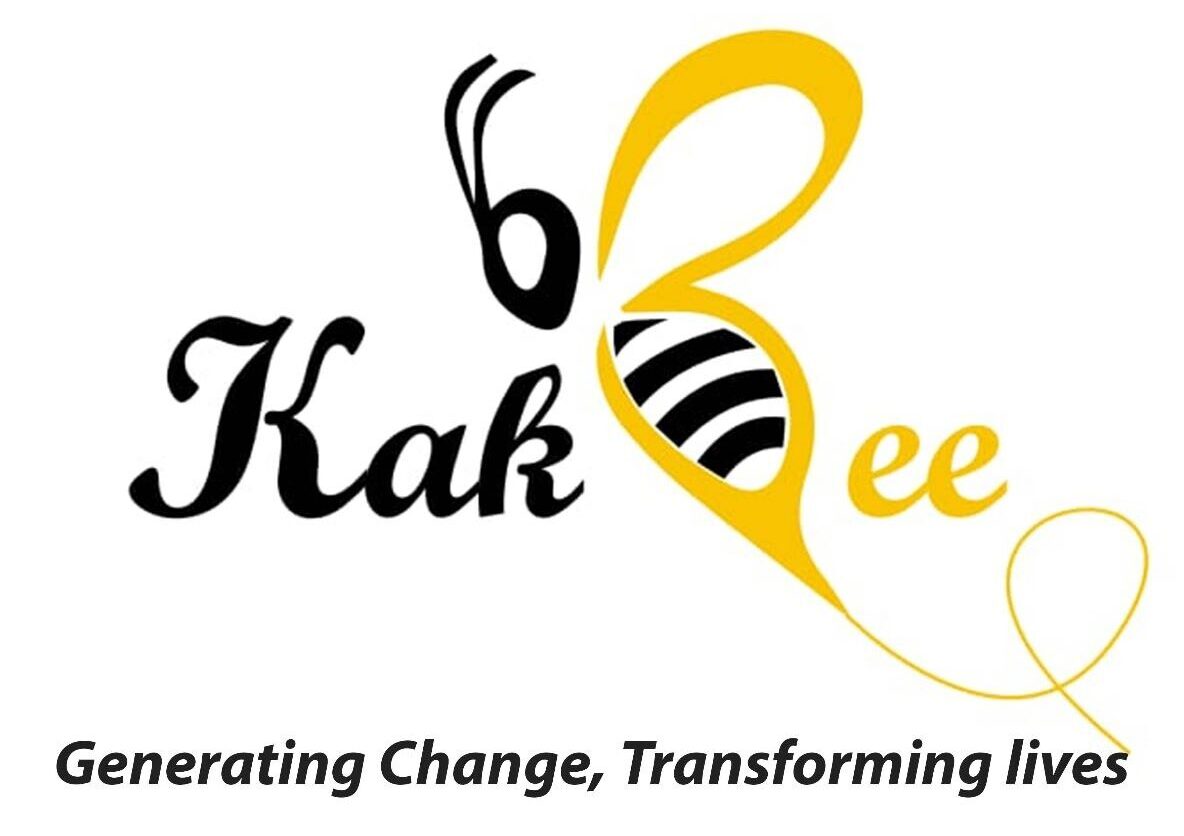The Agroforestry Program focuses on the cultivation of indigenous trees, particularly Acacia senegal, to promote environmental sustainability and create economic opportunities in Arid and Semi-Arid Lands (ASAL) regions and displacement settings like Turkana. This program integrates tree farming with agricultural practices to achieve multiple benefits, including supporting bee populations, enhancing the environment, and providing a source of income through gum Arabic production.
Objectives and Benefits
1. Environmental and Ecological Impact
– Bee Population Support: Acacia Senegal trees are particularly beneficial for bee populations. They produce nectar and pollen that are crucial for bee health and productivity. By providing a reliable source of forage, these trees help sustain and increase local bee populations, which are vital for pollination and ecosystem health.
– Ecosystem Restoration: Planting indigenous trees like Acacia Senegal helps restore degraded lands, improve soil quality, and increase biodiversity. These trees contribute to soil stabilization, reduce erosion, and enhance water retention, creating a more resilient environment.
– Climate Change Mitigation: Trees sequester carbon dioxide from the atmosphere, helping to mitigate climate change. Acacia Senegal, with its deep root system, also improves soil structure and supports overall carbon sequestration efforts.
2. Economic Opportunities
– Gum Arabic Production: Acacia Senegal is known for its production of gum Arabic, a valuable natural gum used in various industries, including food, pharmaceuticals, and cosmetics. Cultivating these trees provides an alternative source of income for communities, supporting local economies and diversifying income streams.
– Sustainable Income Generation: The production and sale of gum Arabic offer a sustainable income source, reducing reliance on traditional farming and providing economic stability. This income can support community development projects and enhance livelihoods.
Key Components of the Agroforestry Program
1. Tree Nursery and Cultivation
– Nursery Establishment: Establishing a nursery for Acacia Senegal involves selecting suitable sites, collecting and preparing seeds, and nurturing seedlings to ensure healthy growth. Proper care and management are essential for producing high-quality planting material.
– Tree Planting and Management: Transplanting seedlings to designated agroforestry sites and implementing management practices such as watering, pruning, and pest control. Trees are planted in a way that integrates with existing agricultural practices, enhancing both environmental and economic benefits.
2. Gum Arabic Harvesting and Processing
– Harvesting Techniques: Implementing sustainable harvesting methods for gum Arabic to ensure tree health and productivity. This includes careful tapping of tree bark to collect the gum without causing long-term damage.
– Processing and Marketing: Processing gum Arabic for various uses and exploring markets for its sale. This involves ensuring quality control and developing business strategies to reach potential buyers in different industries.
Impact on the Environment and Bee Population
1. Environmental Impact
– Soil Health: Acacia Senegal trees improve soil fertility through nitrogen fixation and organic matter addition. This helps enhance soil structure and supports agricultural productivity.
– Water Conservation: The deep root systems of Acacia Senegal help maintain soil moisture and reduce water runoff, contributing to better water management in drought-prone areas.
2. Benefits for Bee Populations
– Forage Resources: The nectar and pollen from Acacia Senegal trees provide essential food sources for bees, supporting their health and productivity. This, in turn, improves pollination services for local crops and wild plants.
The Agroforestry Program integrating Acacia Senegal cultivation is a powerful approach for achieving environmental restoration, economic development, and community empowerment in ASAL regions and displacement settings. By supporting bee populations, enhancing soil health, and generating income through gum Arabic production, this program addresses multiple challenges and provides sustainable solutions for both people and the environment.
